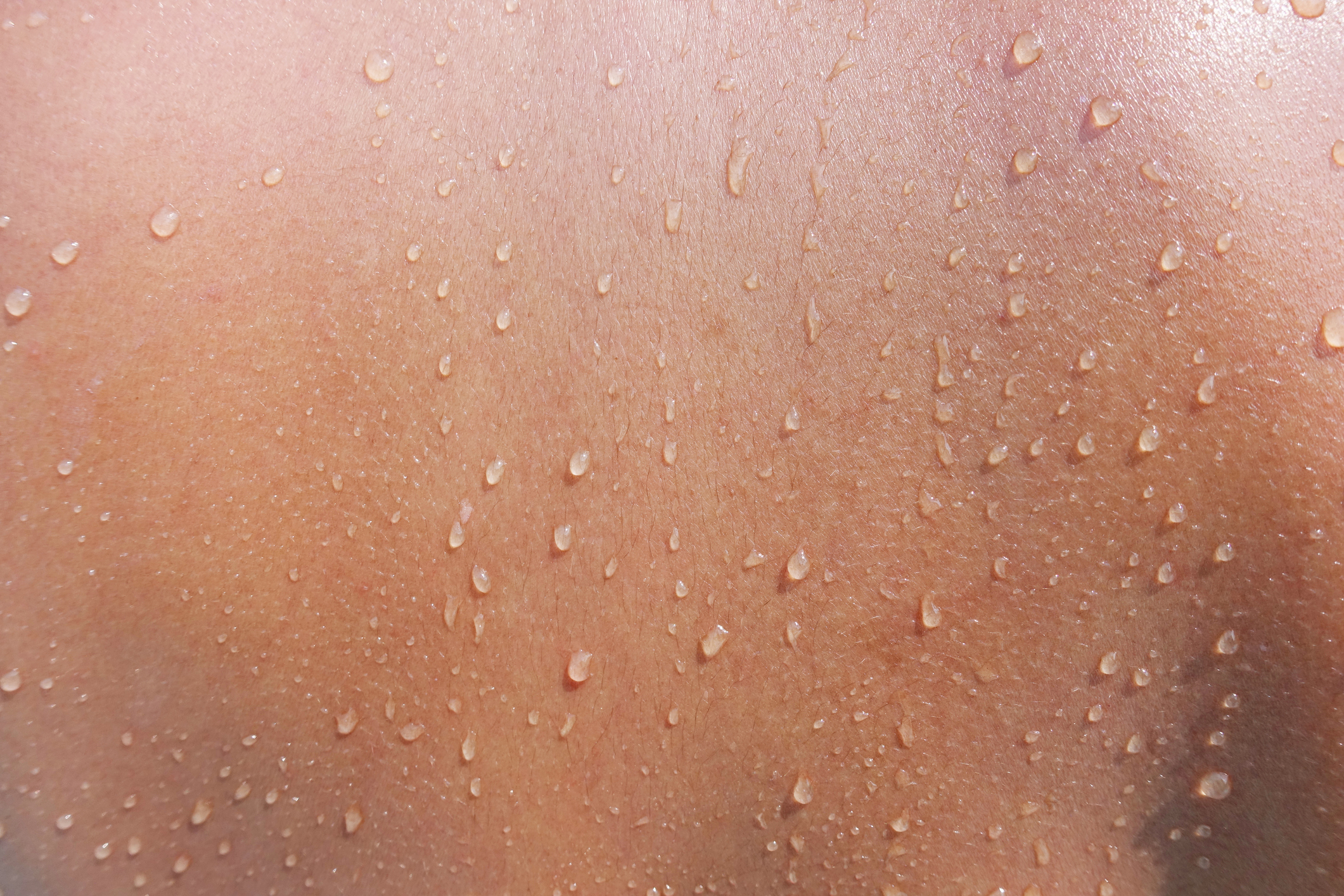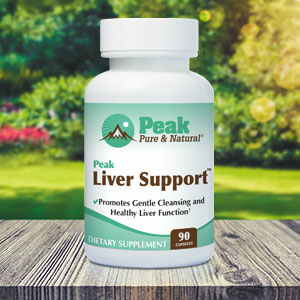Get Easy Health Digest™ in your inbox and don’t miss a thing when you subscribe today. Plus, get the free bonus report, Mother Nature’s Tips, Tricks and Remedies for Cholesterol, Blood Pressure & Blood Sugar as my way of saying welcome to the community!
The alarming truth about ‘forever chemicals’ and your skin

I tend to think of my skin as protection from the outside world of dirt and germs. I wash my hands frequently and take a daily shower, figuring I’m getting rid of all the gunk the world throws my way before it has a chance to get into my body.
But it can be dangerous to think of the skin as impervious. After all, things like ultraviolet rays from the sun can penetrate skin with ease if it’s not protected with sunblock or clothing. And of course, small cuts and scrapes can leave an opening for invaders to slip into the body.
Now there’s more evidence that even when intact, the skin isn’t impenetrable when it comes to a phenomenon that permeates our modern world…
The skin can absorb PFAS
By now, you have probably heard of “forever chemicals.” These chemicals are called that because they don’t break down in nature. They hang around in our food, water, soil, and air, just waiting for us to come along and ingest them.
These nasty little substances include chemicals like PFAS (perfluoroalkyl substances), which are used widely in industry and consumer products from clothing to furniture to personal care products because they repel water and stains. Some of these substances have been banned by the government, but others are still widely used.
While the toxic effects of PFAS have yet to be fully studied, investigators have found links between these chemicals and adverse health effects like celiac disease, a lowered immune response, impaired liver function, decreased fertility, and decreased birth weight. Not to mention PFAS can raise your risk of high blood pressure, diabetes, obesity, asthma and thyroid disease.
We know PFAS can enter the body by being breathed in or ingested via food or drinking water. But until now, it wasn’t clear if they could enter through the skin as well.
Researchers at the University of Birmingham in the United Kingdom studied 17 different PFAS that are among the most widely used and widely investigated for their toxic effects.
Of the 17 PFAS tested, 15 proved to be substantially absorbed by the lab-grown dermal models used, meaning at least 5 percent of the exposure dose was absorbed. Absorption into the bloodstream of PFOA, for instance, was 13.5 percent, with a further 38 percent of the applied dose retained within the skin, where it could be absorbed into the bloodstream over the longer term.
“The ability of these chemicals to be absorbed through skin has previously been dismissed because the molecules are ionized,” says lead author Dr. Oddný Ragnarsdóttir. “The electrical charge that gives them the ability to repel water and stains was thought to also make them incapable of crossing the skin membrane.”
Unfortunately, Ragnarsdóttir adds, “this theory does not always hold true” and “in fact, uptake through the skin could be a significant source of exposure to these harmful chemicals.”
Short-chain PFAS more absorbable
As if this finding wasn’t sobering enough, the researchers discovered substances with longer carbon chains showed lower levels of absorption than compounds with shorter carbon chains. These shorter carbon chain molecules have been introduced to replace longer chain PFAS like PFOA, which is among the most regulated of the PFAS. For example, at 59 percent, absorption of perfluoro pentanoic acid was four times that of PFOA.
What that means is our skin may actually be absorbing far more of these short-chain PFAS, flooding our bodies with these forever chemicals.
“This study helps us to understand how important exposure to these chemicals via the skin might be and also which chemical structures might be most easily absorbed,” says study co-author Stuart Harrad, a professor at the University of Birmingham. “This is important because we see a shift in industry towards chemicals with shorter chain lengths because these are believed to be less toxic — however the trade-off might be that we absorb more of them, so we need to know more about the risks involved.”
There is really no way to completely dodge these forever chemicals. Even if all PFAS were banned tomorrow, our environment would still be filled with them, making it all but impossible to avoid them. But there are some steps you can take to minimize your exposure:
- Invest in a high-quality reverse osmosis water filter. Drinking water is one of the main sources of PFAS exposure.
- Wash new clothes before wearing them. Washing your clothes will at least lower the amount of PFAS exposure risk.
- Look for products that are free of PFAS. Products commonly made with PFAS include water-resistant clothing, nonstick cookware and cosmetic products. If you can’t avoid buying these products, check to see if they have ingredients with “perfluoro” or “fluoro” in their names.
- Skip fast food, takeout and microwave popcorn. Consumption of these foods has been linked with higher levels of PFAS contamination. If you must get takeout, transfer the food from its packaging to your own dishes as quickly as possible to minimize PFAS exposure.
A detox cleanse is considered a way to help rid your body of toxins, but unfortunately, PFAS are difficult to detoxify. What the body can remove is handled by the liver. So in the case of PFAS, I’d recommend supporting your liver so it’s not overwhelmed and can do it’s best job.
Editor’s note: Did you know that when you take your body from acid to alkaline you can boost your energy, lose weight, soothe digestion, avoid illness and achieve wellness? Click here to discover The Alkaline Secret to Ultimate Vitality and revive your life today!
Sources:
New study confirms forever chemicals are absorbed through human skin — EurekAlert!
Dermal bioavailability of perfluoroalkyl substances using in vitro 3D human skin equivalent models — Environment International
What Are PFAS + What Products Contain Toxic Levels? — ConsumerNotice.org














